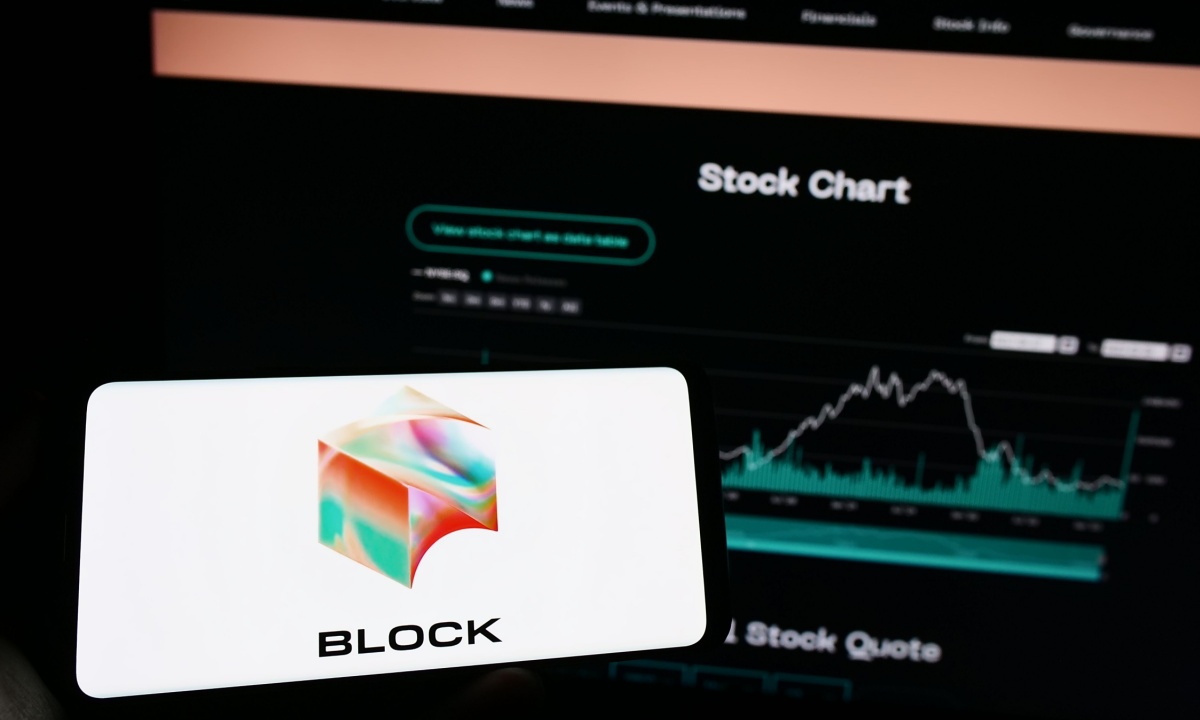That’s per a Friday (July 18) report by Bloomberg News, which positions the news as a milestone for Block and a sign of the growing mainstreaming of digital payments and cryptocurrency in the finance world.
Block will replace Hess on the S&P beginning July 23 at the start of trading, the report said. That follows Chevron’s $53 billion acquisition of Hess.
As Reuters noted, Block has transformed itself from a payments processing company to a FinTech that offers peer-to-peer transfers, merchant services and consumer lending, with Square getting the OK from the Federal Deposit Insurance Corp. (FDIC) earlier this year to offer consumer loans through its Cash App Borrow product.
In addition, the company is integrating bitcoin payment capabilities into its Square terminals, which Bloomberg characterizes as a reflection of CEO Jack Dorsey’s longtime advocacy for the popular cryptocurrency.
“When a coffee shop or retail store can accept bitcoin through Square, small businesses get paid faster, and get to keep more of their revenue,” Block Bitcoin Product Lead Miles Suter said in a news release at the time. “This is about economic empowerment for merchants who like to have options when it comes to accepting payments.”
News of Block’s S&P inclusion came just after the crypto market reached an all-time high, surpassing the $4 trillion milestone, following Congress’ passage of three crypto-related bills.
Meanwhile, PYMNTS spoke last month with Brian Boates, Block’s risk lead, about the company’s “technology forward” efforts to combat scams.
He said that “when it comes to fraud and scam detection, it’s really rooted in machine learning. We’ve built a number of models internally using all of the data points that we have historically that have gotten really, really good at detecting potentially scam payments in real time.”
Machine learning is behind the warning feature that lets the company intervene with users when the model shows that a transaction may be high risk, instead of introducing friction into each payment, he said.
The warning “gives customers a moment to pause, reflect and reconsider [the transaction], if it feels right, and if they’d like to proceed with the payment or not,” Boates said.
